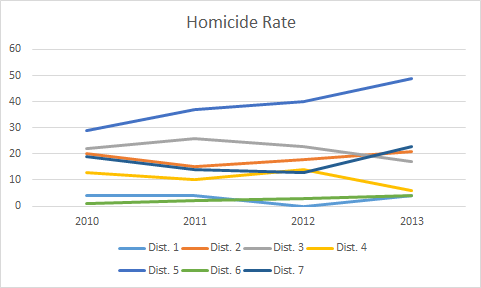Which States Have Reduced Their Prison Populations in the Past Decade?
By 2002, in the wake of a recession that caused difficult fiscal challenges in many states, there was an increasingly widespread recognition that the American imprisonment boom of the 1980s and 1990s was not economically sustainable. Dozens of states adopted new sentencing and corrections policies that were intended to restrain further growth in imprisonment. These reforms seem to have had some success, as imprisonment rates finally stabilized after so many years of explosive growth. However, very little progress has been made toward bringing U.S. imprisonment rates back down to historic and international norms. The “if you build it, they will come” principle seems in evidence — after so much prison capacity was built in the boom years, we’ve found ways to keep using it even as crime rates have tumbled down.
Notwithstanding the overall national picture, a few states have had success in downsizing their prison populations. Here are the ten states whose prison populations dropped between December 2002 and December 2012:
New York -19%
New Jersey -17%
California -16%
Connecticut -15%
Michigan -14%
Maryland -9%
South Carolina -5%
Wisconsin -5%
Rhode Island -2%
Hawaii -1%
Even the largest decreases on the list are rather small compared with the size of the pre-2002 increases. Nonetheless, some might wonder whether reduced imprisonment has resulted in more crime. With that concern in mind, I gathered data on violent crime in the five states that experienced double-digit drops in imprisonment.

